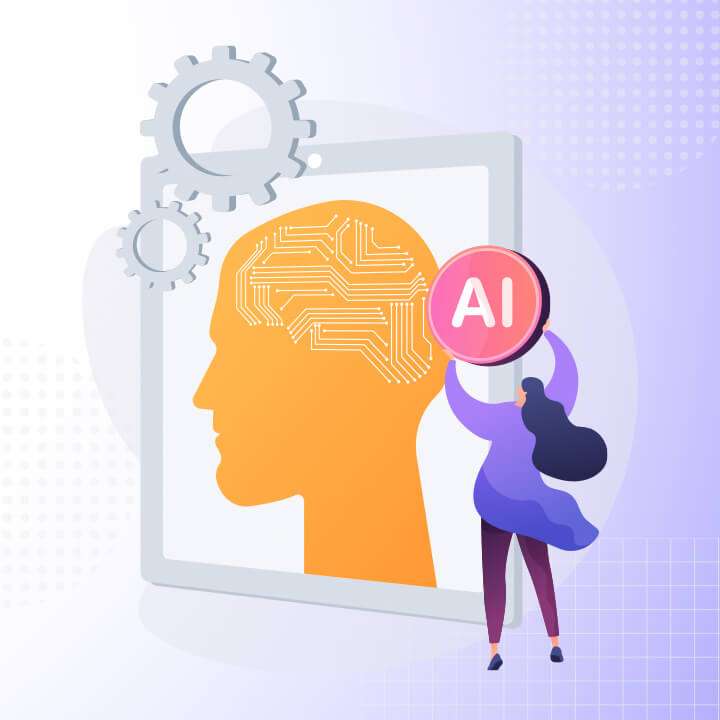The evolution of search technologies has brought a profound change in the way users interact with information on the Internet. The differences between traditional search engine optimization(SEO) and artificial intelligence-based search engines (GEO) are significant and require a clear understanding in order to implement effective strategies to maximize visibility and conversions. Below, we share with you the key points that show these differences and similarities between SEO vs GEO, as well as their implications for business.
SEO vs GEO: User search behavior
The differences in user search behavior between traditional search engines and large language models (LLMs) are prominent:
Length and complexity of queries:
– Traditional: Queries are generally short, keyword focused (average of 4 words).
– LLM: Users tend to ask longer and more detailed questions (average of 23 words).
User intent:
– Traditional: Based on defined types of search intent: informational, commercial, transactional, etc.
– LLM: Captures a wider range of query types, including complex problems and resolution tasks.
Interaction style:
– Traditional: Single-shift interactions where users enter a query and quickly review results.
– LLM: Conversational interactions where context is maintained, allowing for deeper search sessions.
-Duration of sessions:
– Traditional: short sessions with less engagement time.
– LLM: users spend more time interacting and refining their queries.
Optimization areas
There are key similarities and differences in optimization strategies:
– Personalization and contextual understanding:
– Traditional: Minimal customization based on search history.
– LLM: Offers deep personalization based on user context across multiple interactions.
– Semantic relevance and depth of content:
– Both approaches value content that meets user intent and encompasses broad topics rather than exact matches.
– Original and updated content:
– Quality and freshness of content are essential in both contexts, as search algorithms reward expertise and authority.
– Content format and structure:
– Traditional: Prioritizes clarity in the organization by means of headings and highlighted fragments.
– LLM: Prefer well-structured content that facilitates the synthesis of information.
Presentation and delivery of results
Discrepancies in the presentation of results are also notable:
-Results form:
– Traditional: Presents lists of links with multiple options.
-LLLM: Delivers synthesized responses in a conversational format, which can limit the need for users to click on more links.
– Trust and verification:
– Traditional: Allows users to compare multiple sources, generating trust.
– LLM: Backing up the accuracy of the content is crucial, as it is presented as unique, which can lead to unrestricted acceptance.
Objectives and metrics
Despite the similarities, metrics and objectives may differ significantly between platforms:
– For traditional SEO, CTR and traffic to the site are key metrics.
– With LLMs, the focus shifts to being a trusted source of generated responses, even if that means a decrease in direct traffic.
Differentiating between SEO vs GEO is crucial for digital marketing strategy. With the accelerated growth of AI technologies and the use of LLMs, it is vital to adapt to these changes and optimize content accordingly. Known Online is positioned as a leader in this sector, providing essential strategies and tools to navigate the SEO and GEO landscape, ensuring that businesses not only maintain their visibility, but also maximize their conversion in an ever-evolving digital environment. Want to know how we can help you? Let’s talk.


